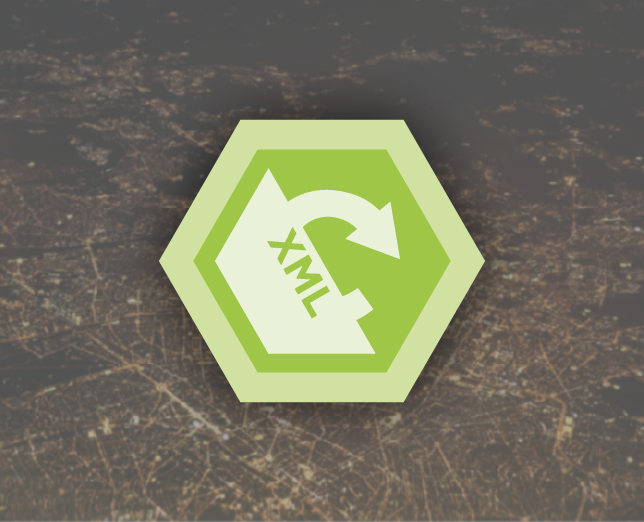Content Compare is the easy way to compare your content and see results marked up in a valid document, and now it is even easier with specific mark up for your favourite editors; Framemaker and Arbortext.
The latest version adds not only support for more editors but also now handles metadata within your documents. Time to take another look at Content Compare for your organisation.
Plug in and go
Yes, it is that simple. Post your two files for comparison and take the resulting file into Framemaker or Arbortext to see the changes and process them there. Importantly, Content Compare keeps a valid schema so your document will render correctly, making it easy to understand the context of the changes presented. We already have markup for another editor, OxygenXML, but if you have another favourite editor, please let us know and we’ll see if we can develop a specific markup for that editor too.
Why is metadata important?
Metadata is an important aspect of many XML grammars for searching, mining or extracting content, so retaining this information and its position in the relevant place is key. We have updated the way we compare the content to accommodate metadata in two ways; Block-level and Inline.
Block-level
Prior to these updates, block-level metadata was handled in the same way as the rest of the document. The updates modify the way that block-level metadata is handled so that the result contains only the metadata present in the second, or B, document. This is to ensure that any changes marked in the metadata don’t interfere with downstream processes, such as automated submission of journal articles, for example. Block-level metadata is treated as an entire subtree, there is no nested ‘document content’ within the subtree of a top-level metadata element. This type of metadata is typically present at the start of a document and provides information about the document as a whole, such as creation dates, authors, addresses, etc.









